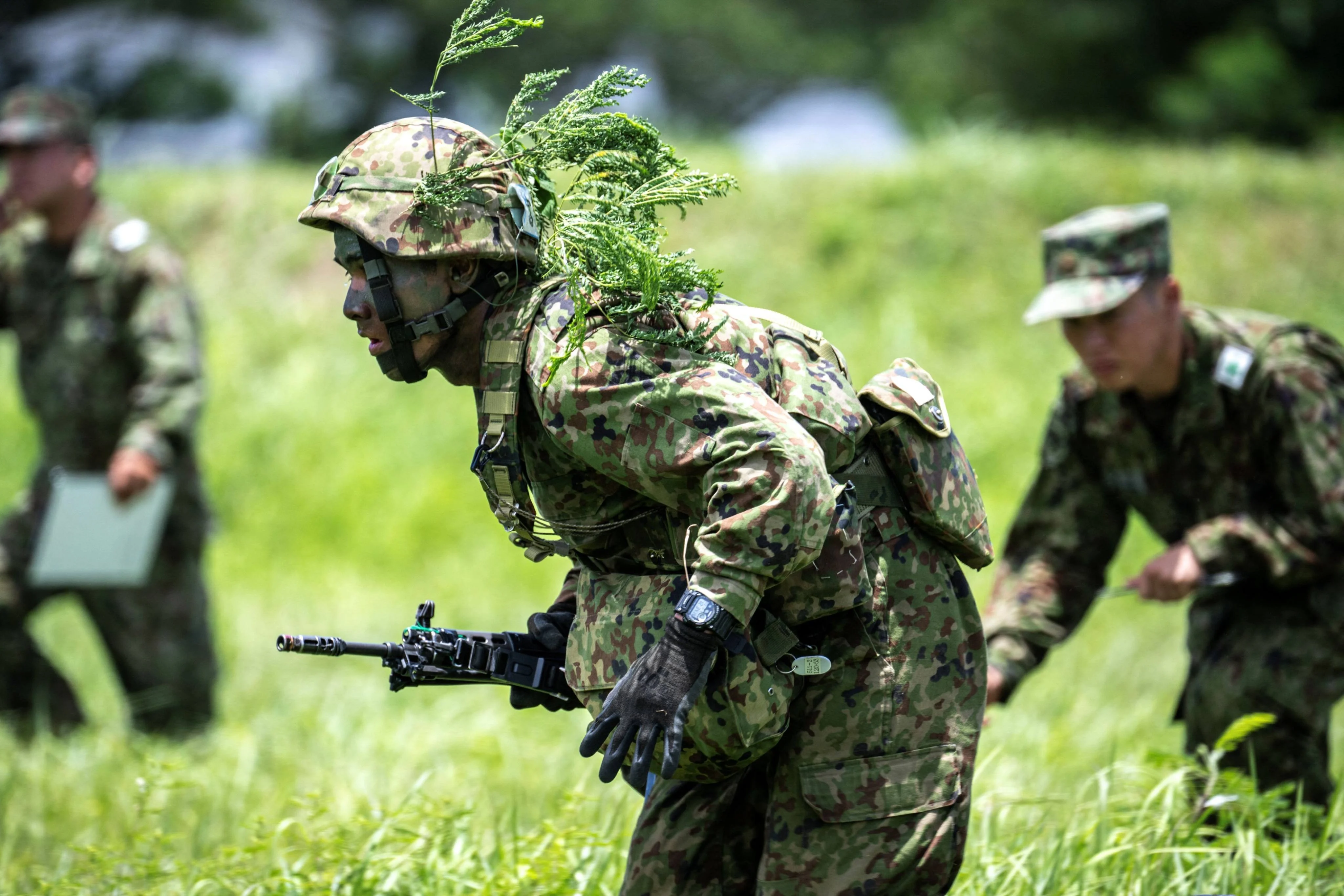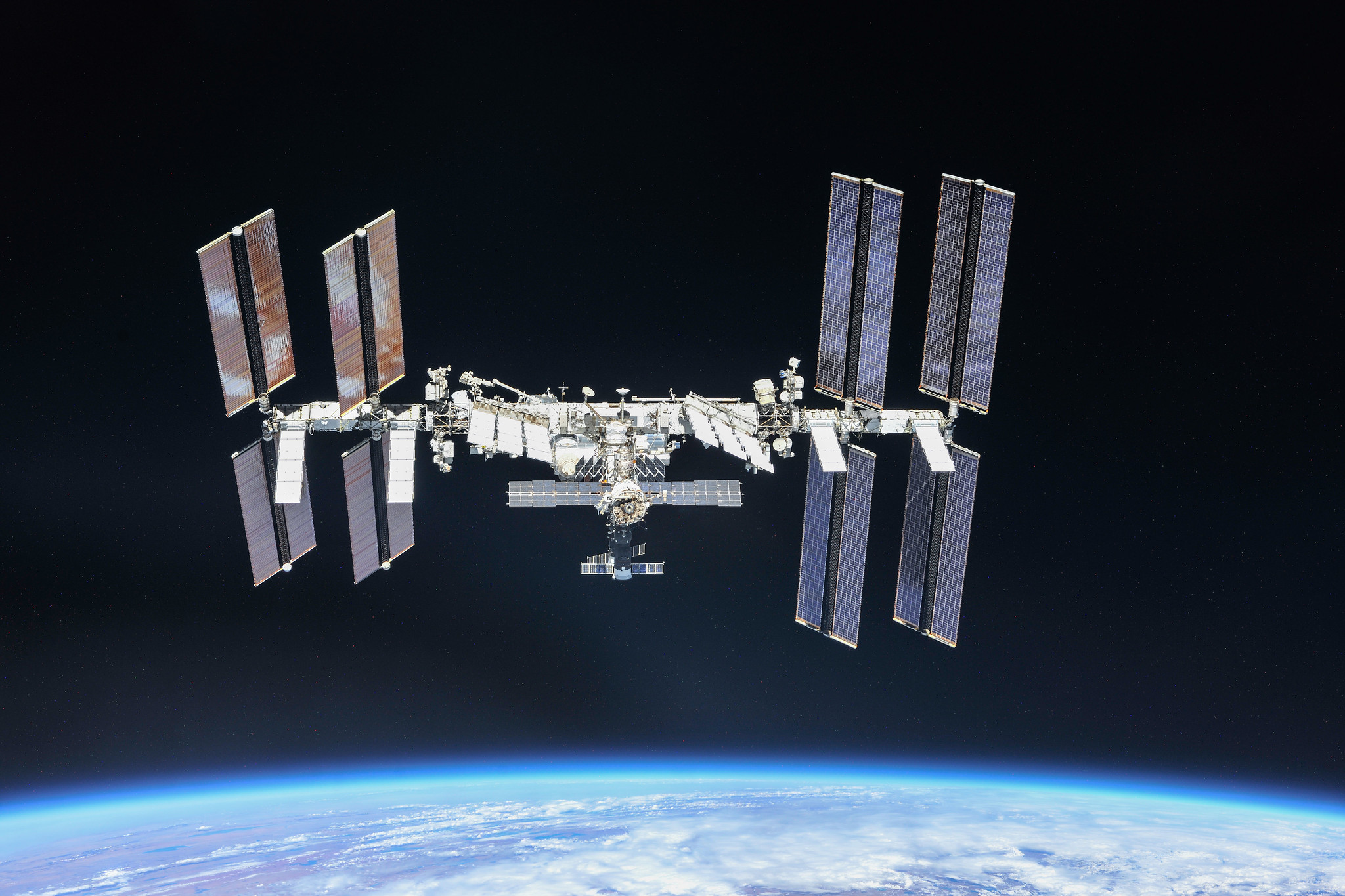By Sam Beltran
Copyright scmp

Japanese troops are set to return to Philippine soil for the first time since World War II after a landmark defence pact took effect this month, in a move analysts say will fast track joint military readiness and entrench Tokyo’s role as a key Indo-Pacific security partner.
The Reciprocal Access Agreement (RAA) between Japan and the Philippines entered into force on September 11, over a year after Philippine Defence Secretary Gilberto Teodoro Jnr and Japanese Foreign Minister Yoko Kamikawa signed the agreement during a ceremony in Manila with President Ferdinand Marcos Jnr present.
Japan’s National Diet approved the pact in June, six months after the Philippine Senate unanimously ratified it, paving the way for its full effect. The RAA will ease greater military cooperation between both countries by streamlining procedures for joint training, disaster response operations and force deployment.
The first agreement of its kind that Japan has signed in Asia, following similar pacts with Australia and the United Kingdom, will see Japanese forces back on Philippine soil for the first time since it occupied the Southeast Asian nation during second world war.
Japan and the Philippines, presently two of the United States’ closest Asian allies, have both taken stances against China’s increasingly assertive actions in the East and South China Seas amid maritime disputes.
“The entry into force of the RAA validates the strength of our people-to-people ties, shared values and common purpose for the security and stability of the region,” the Department of Defence said in a statement.
Deterring China
The RAA’s enforcement came after a series of developments between both countries that signified deepening cooperation, especially on the strategic front, analysts said.
“The most immediate and significant development from the new Japan-Philippines RAA taking effect is how it will create more opportunities for joint military exercises and increased military operational cooperation,” William Chou, senior fellow and deputy director, Japan Chair at the think tank Hudson Institute in Washington, told This Week in Asia.
Coming on the back of a series of similar treaties, “it’s evident that Japan is taking proactive steps to work effectively with like-minded countries on Indo-Pacific security issues”, he said.
Satoru Nagao, a non-resident fellow of the Hudson Institute, told This Week in Asia that the pact indicated that both countries were willing to exchange troops fluidly and collaborate more closely.
Japan has previously pledged support for the Philippines in the Southeast Asian country’s coastguard modernisation efforts.
It signed the Official Security Assistance agreement in December, pledging 1.6 billion yen (US$10.8 million) for coastal radar systems, automatic rigid-hull inflatable boats and other equipment.
In April, Japan’s Self-Defence Forces joined the annual Balikatan joint military exercises between the US and the Philippines as a full participant for the first time, after having sent only observers to the drills since 2012.
Tokyo also proposed to transfer six of its used Abukuma-class destroyer ships to Manila in July, a move that was set to greatly improve the Philippine Navy’s anti-submarine capabilities and bolster its maritime defences.
“The RAA, the proposed transfer of Abukuma-class destroyers, the transfer of coastguard ships, and the sale of air and maritime defence radars to the Philippines [show] that the Philippines places a great deal of faith on Japan as a partner in the South China Sea,” Chou said.
Nagao said that the Japanese ships added tremendous value to the Philippine Navy’s limited forces, which before the transfer possessed only three frigates and other smaller ships.
“The Philippine Navy has very limited forces … these Abukuma-class frigates are very precious naval ships for the Philippines. Through training and maintenance, Japan and the Philippines would collaborate more deeply, and they would need the RAA for people-to-people exchanges,” he said.
The Philippines had been increasingly turning to Japan for its defence needs, necessitating more long-term and frequent exchanges between both countries’ forces, making the RAA more important, he added.
Observers said that the Philippines and Japan’s collaboration came at a pivotal point.
“From the East China Sea, to Taiwan and the South China Sea, both Japan and the Philippines are facing (mainland) China’s threat. With the US and Taiwan, they can collaborate to enhance defence capabilities,” Nagao said.
Chou said Japan would also benefit from cooperating with the Philippines in an environment frequently subjected to grey zone tactics.
“Much of what China has been doing in the South China Sea has been exploiting legal and territorial grey zones in its intimidation of the Philippines,” he said.
“Closer cooperation between Manila and Tokyo can better prepare Japan for ways to respond more effectively to such grey zone aggression, be it in the South China Sea, in the Taiwan Strait, or in waters closer to home.”



